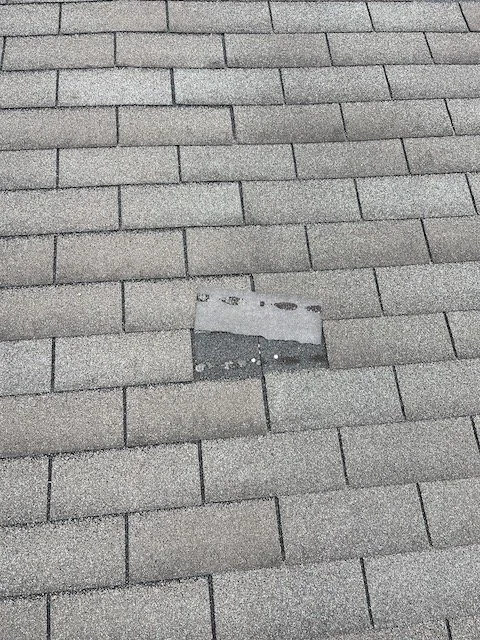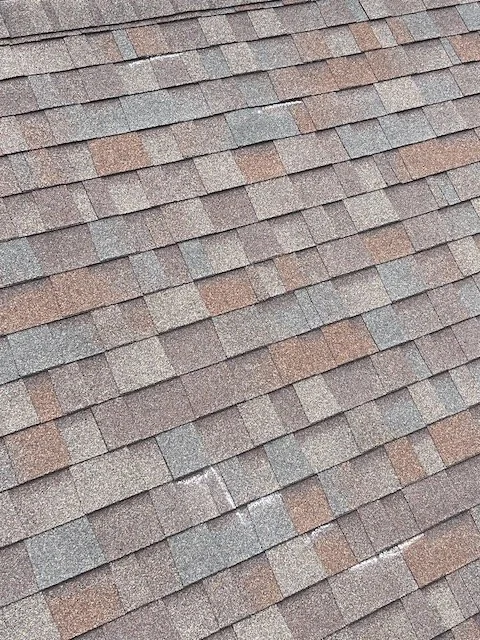You probably don't spend a lot of time thinking about your roof. Why would you? As long as it does its job to protect your home, why worry about it? Well, here are 3 common scenarios, where you should start thinking about replacing your roof.
You Are Buying or Selling A Home
When we bought our first house, our home inspector told us it was going to need a new roof. This news was a surprise to us at the time, but roof replacements are quite often a matter of consideration in the home buying process. New roofs are expensive, so homeowners aren't in a rush to pay for them. Most people would rather kick this issue down the road and let someone else deal with it.
Since working as a roofer, I've been brought into several scenarios, where a homeowner has put their house on the market and accepted an offer, only then to find out the roof might need replacing. This is a difficult situation for both the seller and the buyer. Sellers might need to pay out of pocket for a roof replacement to sell their home at its valued price. Buyers have to consider if they want to purchase a home that comes with an immediate major cost. In most cases, the roof needs to be replaced before closing, as insurance companies are reluctant to provide coverage on homes that need a new roof.
What does all of this mean?
If you're buying or selling a home, you need to consider the condition of the roof. As a seller, before you get too far into the process, have the roof inspected by a professional, and get an idea of what you're dealing with. As a buyer, in addition to hiring a home inspector, have a roofer do an inspection on the home before you go to closing. If the roof needs to be replaced, then you probably need to negotiate with the seller. Like I said before, roof replacements are a major cost. You don't want this to sneak up on you, especially when you're already in the midst of a major transaction.
Your Roof Is 15 - 20 Years or Older
Once your roof reaches the 15 year age mark, you should get it inspected regularly. Why 15 - 20 years? This number is based on predicted shingle life. The lowest quality shingle, 3 tab flat shingles have a life expectancy of 15-20 years (pictured below).
Architectural dimensional shingles, which are now the most common shingle in the Kentucky area, have a 20-30 year life expectancy (pictured below).
It's important to know what kind of shingle you have, and how old your roof is. You don't want to be caught off guard when your roof reaches the end of its life. If you're aware of these details, you can start to keep an eye on your roof and notice signs of aging and deterioration. On the surface, an old roof might appear to be merely a cosmetic issue, but these apparent cosmetic issues can actually indicate more serious problems.
If you notice shingles that are cracked, lifted, or missing, it's a sign that your roof is nearing the end of its lifespan. These issues can allow water to seep into your roof and cause damage to the underlying structure. Additionally, damaged shingles can be more susceptible to wind damage during storms. If you observe any of these issues, it's time to start considering a roof replacement.
Another sign of shingle deterioration is the presence of granules in your gutters or downspouts. As shingles age, they can lose granules (the little rocks on the top layer), which are essential for protecting your roof from UV rays and other elements. If you notice an excessive amount of granules in your gutters, it's a clear indication that your shingles are deteriorating and may need to be replaced. You can also observe granule loss from the ground, especially on a sunny day. If you see a large degree of shine throughout your roof, then you have major granule loss. The shine you're seeing is the reflection of the sun against the exposed fiberglass, revealed by the loss of granules.
Your Area Was Hit By A Major Storm
As discussed above, it's important to know the life expectancy of your shingles. However, expectations don't always line up with reality. Severe weather events can have a significant impact on the integrity of your roof. High winds, hail, and heavy rain can cause damage to shingles, flashing, and other roofing components, even if your roof is relatively new.
After a major storm, it's important to have your roof inspected for any signs of damage. Look for missing or damaged shingles, dented or cracked flashing, or any other visible signs of trauma. Even if the damage seems minor, it's important to address it promptly to prevent further issues down the line.
In addition to visible damage, it's also important to be aware of less obvious signs of storm damage. These can include increased granule loss, loose or displaced shingles, or a general change in the appearance of your roof. If you suspect that your roof has been affected by a storm, it's best to consult with a professional to assess the extent of the damage and determine if a roof replacement is necessary.
I'd recommend having your roof inspected after each storm season, especially if your roof is older. In the best case scenario, you might be able to replace your roof through an insurance claim, saving thousands of dollars.
Reach Out to a Roofing Professional ... It's Free!
If you find yourself in any of these 3 scenarios, reach out to us at Evergreen Roofing and Construction.
We offer free roof inspections to help you evaluate if your roof needs replacing, as well as free estimates so you can plan and budget for your roof replacement.
You can schedule these free services here and/or email me with any questions you have - carson@evergreenbuilthomes.com.


